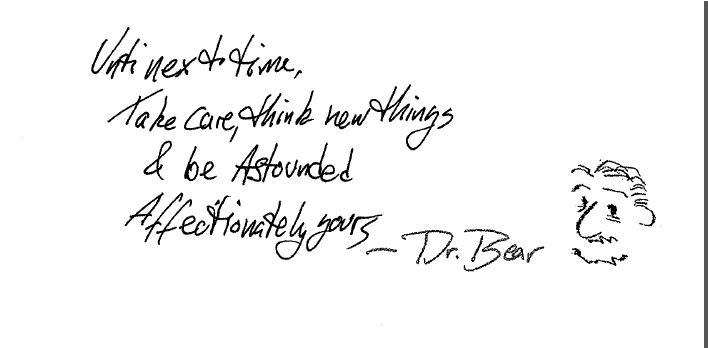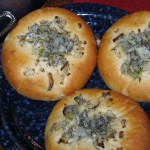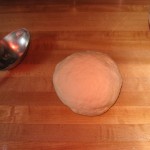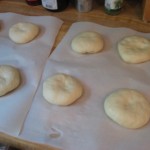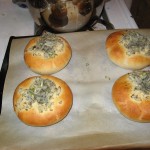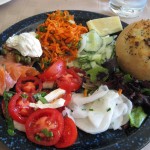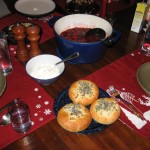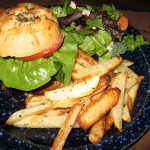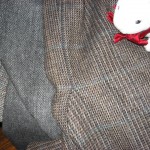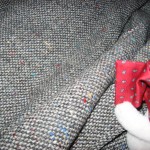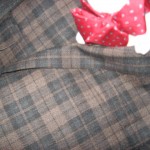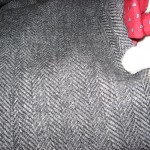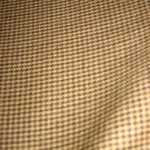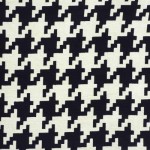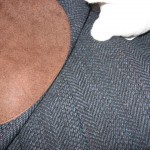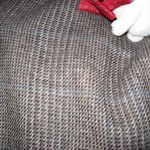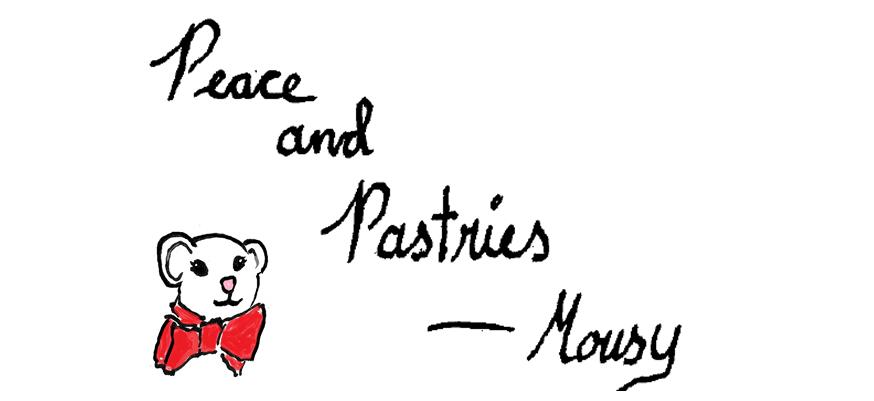Why the long shorts?
When the Bistro was on the road recently, I happened upon a copy of USA Today (June 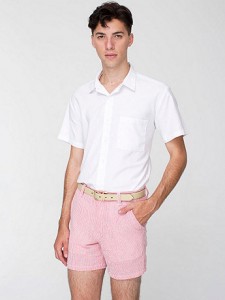 12, 2014), that printed thing whose lack of journalism is compensated for by colour. In it, an etiquette and style writer criticized how short men’s shorts were becoming. After all, she wrote, who wants to see a man’s thighs?
12, 2014), that printed thing whose lack of journalism is compensated for by colour. In it, an etiquette and style writer criticized how short men’s shorts were becoming. After all, she wrote, who wants to see a man’s thighs?
The photo that accompanied it showed this mid-thigh pair of men’s shorts.
Seriously, USA Today?
He is wearing a pair of pink seersucker shorts, for crying out loud!
Your problem is its length?
At athletic events, of course, the longer shorts of the time are coupled with high athletic socks, giving us a look like this:
Which is not too different from this: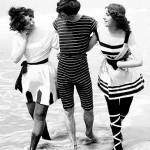
 I certainly am not an advocate of short shorts.
I certainly am not an advocate of short shorts.
Somehow, Bruce Jenner came back, but we certainly don’t need his I’m not really that big of an advocate of shorts in general. They are comfortable in warm weather, but not very high on the fashion totem.
But this: mid-thigh being considered “too long?”
or even long? Not exposing anything but the knee?
This is a little crazy— especially when we think about the standards for women’s shorts.
Among the ancient Greeks, the male body was a symbol of 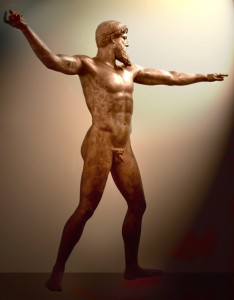 power—virility and action rather than a passive, vulnerable object—and therefore depicting it nude was a symbol of power.
power—virility and action rather than a passive, vulnerable object—and therefore depicting it nude was a symbol of power.
By contrast, in our culture, clothes are power, so the more power a man wishes to project, the more he puts on—business suits, hunting cammo, or Teflon armour.
So maybe length does matter.
Of course, the gaze we fix upon women’s clothes is much more sordid.
We have always been ludicrous when it came to women’s bodies, but here in the 21st century, when we should have been getting away from our hang-ups and cultural expectations are we going to start worrying about not exposing men’s thighs?
Our Nation’s founders all had bodies, but two centuries later, American’s are as obsessed and repulsed by them as ever.
Men’s thighs— OY!
Have a bialy— it’ll do ya’ good.

